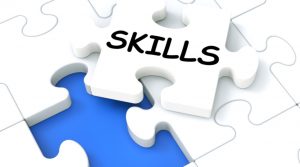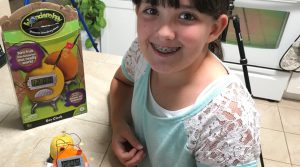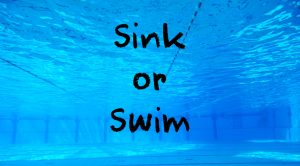Learning outside the lines
The start of this article actually began with the concept of hardware for homeschoolers, ie computers, tablets, etc. But as I got to thinking along that subject, it dawned on me that another critical aspect to learning which is often overlooked or completely ignored in the public school system, as homeschooling parents we have the opportunity to instill into our children conceptual learning vs linear learning, hence the title “Learning outside the lines”.
We are probably all very familiar with the linear learning concept. Today public schools teach to “the test” to help their numbers show some sort of distinction. These often do not accurately demonstrate the actual “education” of the students.
Linear learning requires every aspect to “line up” to achieve the desired result. If any of you have parents over 50 years old who have transitioned to smart phones, you will understand exactly what I am talking about. If anything changes, moves, or is even remotely different than the last time they looked at it, they are completely dead in the water.
Linear learning requires each step to be completed before the student can move onto the next step. While this is certainly important in certain fundamentals, if this is all they ever learn, they will be greatly limited as they get older.
By contrast, conceptual learning or the application of a “concept” takes a more fluid approach to finding solutions. Back to the hardware for homeschoolers idea for a moment… I was mulling over what operating system ie Windows, MAC and Chrome I would recommend for the average homeschooling environment. I came to the conclusion that having exposure to all of them is actually the best approach. The concept of opening a Word Processor (ie Word, Word Perfect, Pages, Open Office, Libre), saving the file and printing it, is fairly consistent across each platform. However, if a student only ever learns to:
- Click the W for Word, then
- Click File, then save to my documents
- Click File, then Print to HP inkjet
What will happen when they encounter a system that is different?
Conceptual learning is less specific with regard to the individual application, ie Word, and addresses more the Program classification than the brand ie, Word Processor vs Word.
Often this type of learning does not become necessary until our children enter the “real world”, and they are tasked with the duties of finding solutions to problems they’ve never encountered.
[SEE MILENNIAL JOB INTERVIEW VIDEO]
I personally deplore the phrase “I don’t have a clue”, as it’s inherently false nearly 100% of the time. There is always A step to take which will lead to the next step and the next step, which will eventually bring you to a satisfactory outcome. You may not know all the steps before you start, but if you start, then the next steps do reveal themselves with experimentation. The critical point for us as parents and educators, is to allow space for repeated failures without frustration or discouragement. If we provide a structured environment where our children can begin to learn conceptually at a young age, they will be light years ahead of their peers as they enter adulthood. In this method, the most critical point is to acknowledge often that we don’t have the answer but we can go to the one who does, and His name is Jesus Christ.
I did not begin to learn this skill set until well after I graduated from high school, and was put into a position which was essentially “sink or swim”. I thank God that my dad never accepted an “I can’t” as an option. There was always a way to accomplish the task, I just had not found it yet.
Over the years I have learned to start finding the solution on my knees and trusting the Lord to move me to the solution. If we can instill this concept into our children, they will grow up to know the Lord and know that there are no limits to what He can accomplish if they are simply willing to put their hands to the task.
By: Rick Eutsler Jr.








